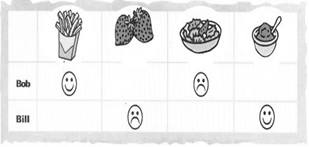��x����������

Over ten years ago, the world's populating stood at 6 billon. By the end of October, it has reached
7 billion.
With five babies being born every second , 78 million people are added to earth each year. The
population was fewer than I billion in 1800 , 3 billion in 1960and 6 billion as recently as 1999.
According to the United Nations, the next landmark statistic will be 8 billion iii 2025. Much of the
increase can be accounted by the world ' s poorest nations, which are expected to double their numbers
over the next decade.
"With. the population still growing by about 80 million each year, it's hard not to be alarmed. "Said
Robert Kunzig, author of an article entitled 7 Billion in National Geographic Magazine.
"Right now on Earth , water tables are falling, soil is being eroded (���g),g laciers are melting, and
fish stocks are vanishing. Close to a billion people go hunger each year. "
Researchers say the world's population will
level off at about 9 billion in the middle of the century,
"How we're going to feed 9 billion people by 2050 is a daunting question." Mr. Kunzig said.
1. What's the population of the world over ten years ago according to the passage?
A. 7 billion.
B. 6 billion.
C. 8 billion.
D. 9 billion.
2. Which of the following statement is TRUE?
A. The poorest nations have the largest population.
B. It is not a problem to feed 9 billion people.
C. Some people don't have enough food to eat in the world.
D. Every family has two children at least in Western Europe.
3. The underlined phrase "level off" may be the meaning of ______.
A. �p��
B. ��(w��n)��
C. ����
D. Ѹ��
4. What will probably the population of the earth be in the middle of the century?
A. 6 billion.
B. 7 billion.
C. 8 billion.
D. 9 billion.
5. What is the article mainly about?
A. The population of the world.
B. The population of poor nations
C. The population of Western Europe.
D. The environment of the earth.






